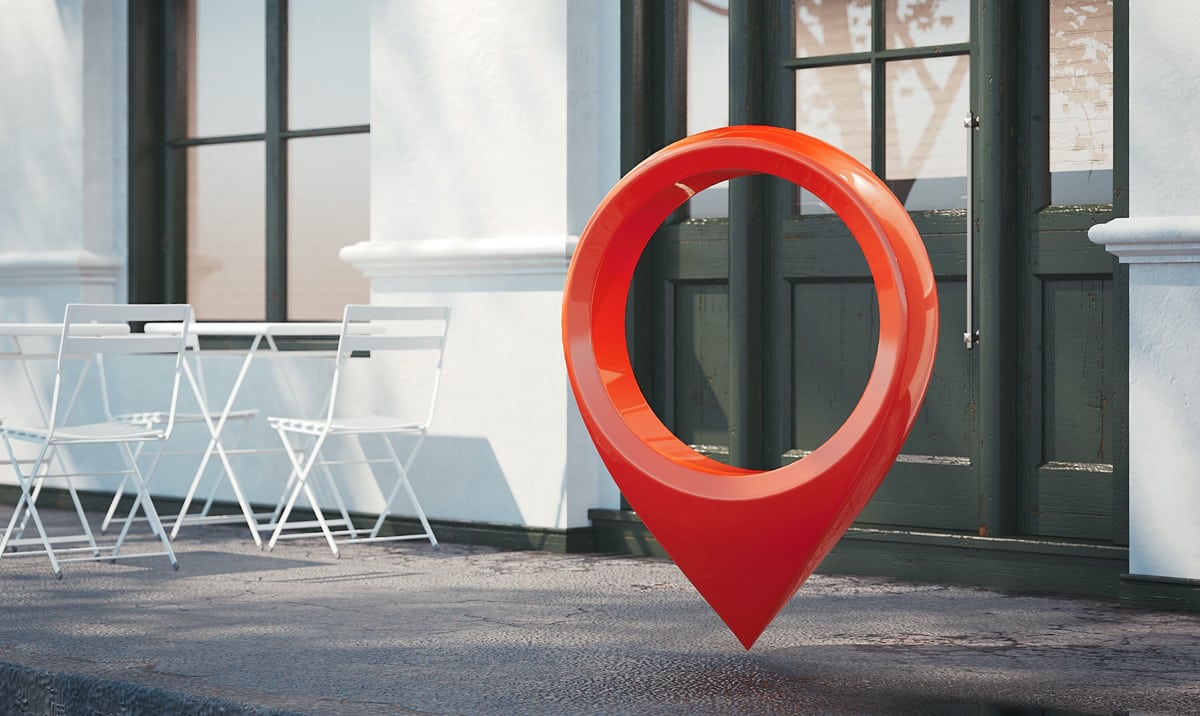What is a Unique Street Reference Number (USRN)?
A USRN is a unique numeric identifier for every street, lane, track, footpath and cycle path in Great Britain.
USRNs consist of eight digits. There are around 1.4 million USRNs in England and Wales alone. Once attached to a street the USRN never changes and only ever relates to that street.
Here we will look at what USRNs or Unique Street Reference Numbers are and can be used for.
Article Updated: August 2025
Contents

-
by Robert Jones, Founder of Property Investments UK
With two decades in UK property, Rob has been investing in buy-to-let since 2005, and uses property data to develop tools for property market analysis.
An Introduction to USRNs
Conventional street addresses have been around for hundreds of years and have proved perfectly good for most uses. But conventional street addresses have their drawbacks, and the problems unique street reference numbers solve include:
- There are many streets, even in the same town, with similar or even the same names. USRNs are unique, a set of numbers with only one code per street.
- Conventional street addresses can also be misspelt or misunderstood. There is no such issue with a USRN.
- Some old street names and Welsh street names can have unconventional and often unusual formats, which the digital world finds difficult to handle. USRNs solve this by making giving each street a simple row of numbers as the code.
Consequences of using conventional street addresses include misdirected or lost parcels, late deliveries of goods and difficulties in coordinating road works and utility works.
Postcodes can be of some use in identifying streets, but postcodes do not provide a complete solution.
Today, we live in a world that is full of data and is increasingly data-driven. Effective use of data can make things much more efficient, but get it wrong and it can provide a completely misleading view of an area or specific property (note: this is why UPRNs have also been created to help identify specific properties).
USRNs are simply a way of standardising and also digitising street address data to make it more efficient for anybody working on the street or providing services or utilities.
USRNs allow different users to collate, validate, share and collaborate using data from different databases all based on a single common identifier. Every organisation that uses them can be sure they are talking about the same street.

Where Do USRNs Come From?
The Government has said that official systems, services and applications that store or publish data sets containing property and street information must use the USRN and UPRN identifiers.
The official record of USRNs is contained within the National Street Gazetteer or NSG and the OS MasterMap Highways Network. The data is collected and validated by the GeoPlace organisation. It is assembled from the street data compiled by the 174 local authorities in England and Wales who are legally required to name streets.
USRNs are compiled for Scotland by the Improvement Service and for Northern Ireland by the Department for Infrastructure.
What the USRN Can Be Used For
The scope for using a system which can accurately collect and collate data related to individual streets by way of a USRN is huge. The practical benefits of a USRN are that all aspects of dealing with and working with rights of way should be faster, cheaper, more efficient and more accurate.
Perhaps the main use of USRNs is by local highway authorities and the companies and contractors who work with them including statutory undertakers. USRNs are used by all 174 local highway authorities, the Welsh Government, National Highways and Transport for London (TfL).
It’s estimated that USRNs are used by around 500 contractors and utility suppliers to coordinate over 3 million roadworks in England and Wales. The data is used in the Department for Transport’s Street Manager service to plan, manage and record these works.
USRNs are used by these organisations to identify streets accurately, to apply for and process permissions, to keep records of work required, ordered, in progress and completed and of the costs involved.
The use of USRNs can extend beyond just road maintenance, repairs and utility works, however. It can be used by many property data tools in connection with issues such as investment analysis, planning trends, operating active travel networks and planning services. The emergency services are also able to use USRNs.
The USRN also has statistical use. Socio-economic data and statistics on for example crime or the environment, can make use of USRNs.
The USRN has uses in the property industry by many UK property portals and in proptech. USRNs can be used to accurately identify streets in property platforms and apps.
The UPRN and USRN identifiers, along with their associated grid references, are available for anyone to use under the Open Government Licence or OGL.
How To Find a Unique Street Reference Number
If you wish to find the USRN for a street or find a street from a USRN and locate it on a map then one way to do this is using FindMyStreet.
The FindMyStreet data is created and maintained by local authorities and collected and managed centrally by GeoPlace.
FindMyStreet covers every street in England and Wales. It will tell you where a street is, what its official name is, whether open or under construction, whether classified or not, and who is responsible for maintaining that street including which local authority if applicable.
FindMyStreet is for personal, non-commercial use. You can perform up to 30 searches every day for free. Commercial products are available for commercial users and for higher search volumes.
